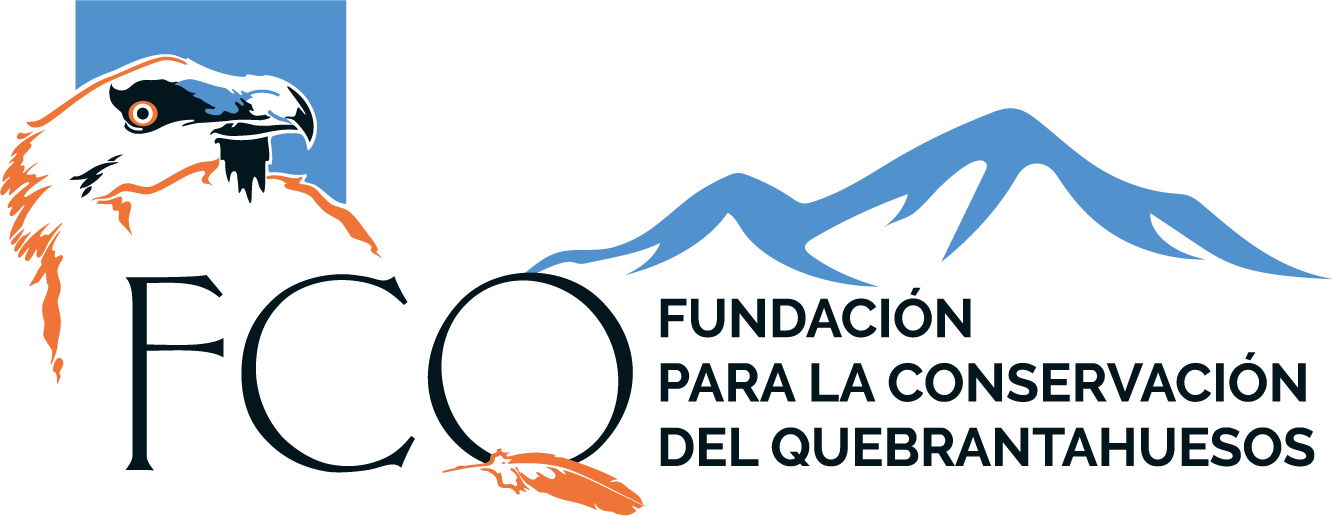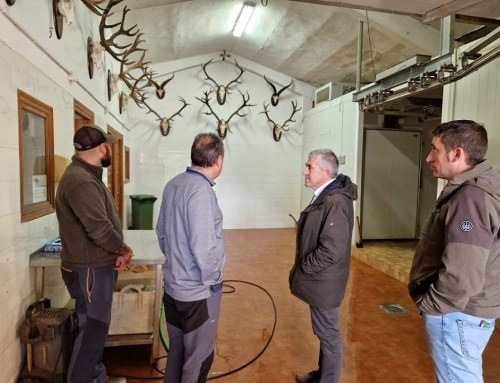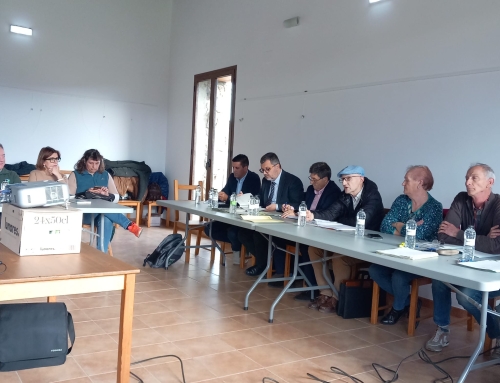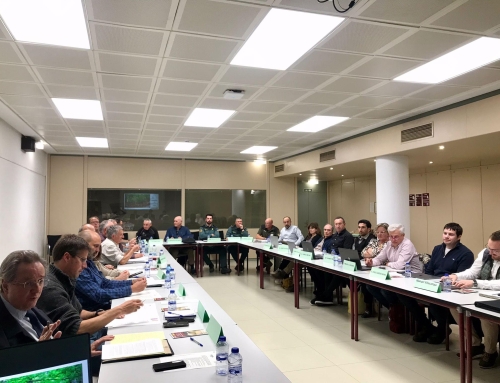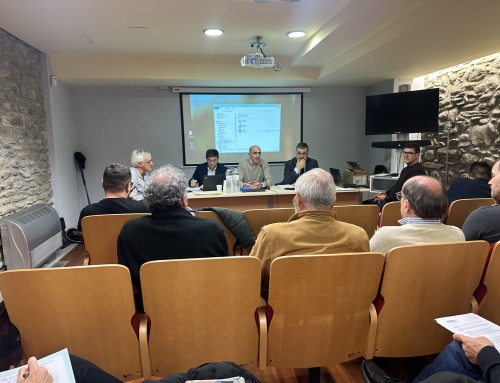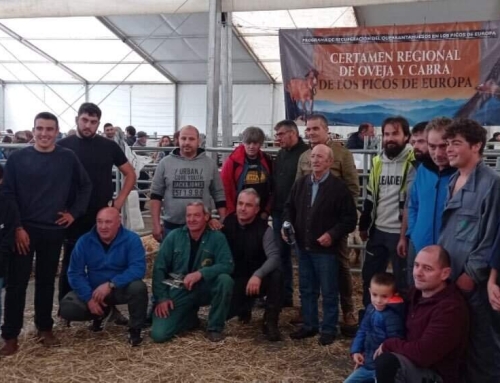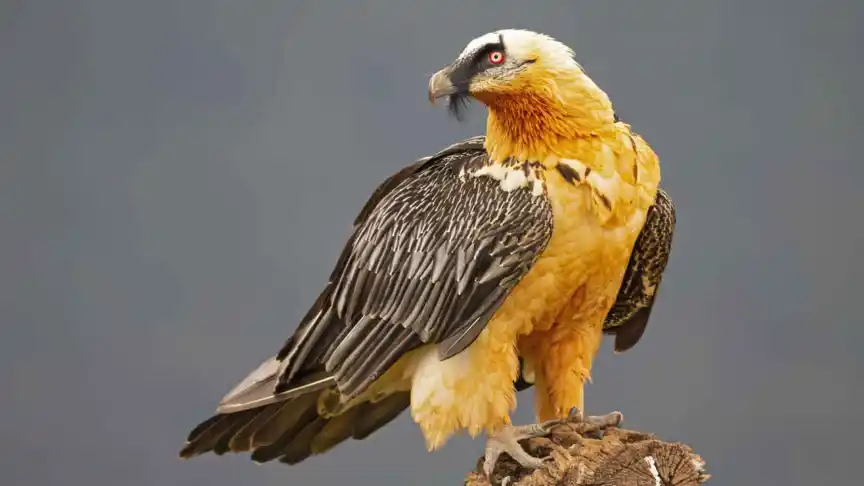
The plan that saved the bearded vulture: the bird that nests in the Picos de Europa and that almost became extinct 60 years ago.
This species of the vulture family is one of the most endangered in EU ecosystems. In Spain, the number of vultures has gone from just 30 in the 1980s to more than 1,200 today. Birds are important for human development, as they control pests, pollinate plants and contribute to seed dispersal. In addition, they attract tourism and recreation, have significant cultural and aesthetic value, and serve as indicators of environmental health. Nearly 300 species of birds and birds that can be found in the territory of Spain are protected; and about half of them suffer some kind of threat to their survival. It is precisely the environmental pressure of human beings on their habitats, which constantly causes them to be forced to nest in other locations with greater difficulty, making it even more difficult for them to adapt to the world that we have gradually left them. This is the case of a large osteophagous bird of the vulture family, which is considered one of the most endangered birds in the European Union. The impressive bird we are talking about in this case, is known as the bearded vulture. A type of scavenger bird impressive for its size and feathers, but especially unmistakable for its size of about three meters wingspan. In fact, there is no silhouette in the Pyrenees or Picos de Europa that can impose more in the sky than that of the bearded vulture. Of its unmistakable appearance, its dark, thin wings that taper along its body, leaving a long, wedge-shaped tail, are also striking. As for its legs and head, these are a dirty white, which in certain parts becomes dark orange, very similar to the color of rust. A unique scavenger animal, which usually feeds on sinews, carrion and bones and whose name has to do with the peculiar way it feeds on its prey, dropping each piece from a great height and on the rocks to fragment its bones. An imposing and unique bird that has always known how to adapt to the harshest environments and landscapes, the evidence of which is that it is used to living in high mountainous areas between 500 and 4,000 meters above sea level. But nevertheless, we have been on the verge of losing it. In fact, about 60 years ago it became completely extinct in Picos de Europa and almost completely in some massifs of the Pyrenees (Spain and France), Corsica, Greece and the Balkans, one of the causes is that it became a victim of the persecution in Spain against large carnivores, being a collateral victim of the placement of poisoned bait against wolves and bears. Although these problems due to poisoning in the feeding of the bearded vulture have been diminishing in recent years, this bird has also been affected by the ever decreasing extensive livestock farming. All this, together with the increasing installation of wind turbines in the mountains, together with the already slow growth of this bird and its late reproduction, have hindered the increase of the species in recent years.
The plan to save the bearded vulture in Spain Fortunately, its survival is already in a state of recovery, from an initial 30 bearded vultures to more than 1,200 specimens throughout Spain. Since 1980, conservation efforts in Navarre, Aragon and Catalonia have led to the recovery of the bearded vulture population in the Pyrenean mountains. Even so, and despite this success, the limited capacity of the species to colonize new areas has maintained its presence mainly in this territory, which continues to pose significant risks for its future. Precisely to ensure its long-term conservation, two reintroduction projects were implemented in areas where the species used to live: Cazorla and Picos de Europa, starting in the 2000s. Already in 2022, it was estimated that there were around 200 pairs in the Pyrenees (including Spain, France and Andorra), 5 pairs in the Sierra de Cazorla, 3 in Picos de Europa, 1 in the Sierra Vasco-Navarra and 2 in the Sistema Ibérico. Additionally, in 2022, the Foundation initiated the reintroduction of bearded vultures in the Sierra de Gredos and in the Aragonese Maestrazgo. The objective was to recover the presence of the species in the main mountain massifs of Spain. Among the most recent projects is that of the Life+ Red Quebrantahuesos 2013-2018 Project, with which the Foundation for the Conservation of the Bearded Vulture carried out conservation actions in the national parks of Picos de Europa and Ordesa y Monte Perdido. The objectives included developing practices to recover the bearded vulture population, highlighting the connection between conservation and local development, improving the ecological and social environment, promoting synergies in the National Park Network, demonstrating the effectiveness of behavioral learning techniques by natural imprinting, using ecotourism as a support tool and disseminating the results of the project. With this reintroduction of the Bearded Vulture in Picos de Europa, it has been possible to establish a founding nucleus to facilitate the exchange of specimens with the Pyrenean population and thus reduce the risk of extinction in Spain. A project that has included the recovery of embryos with low survival expectancy in nests in the Aragonese Pyrenees and the subsequent release and monitoring of the specimens in Picos de Europa. Initiatives that have sought to favor the distribution of the species and guarantee its survival in a wider range of habitats in Spain.
Source:
